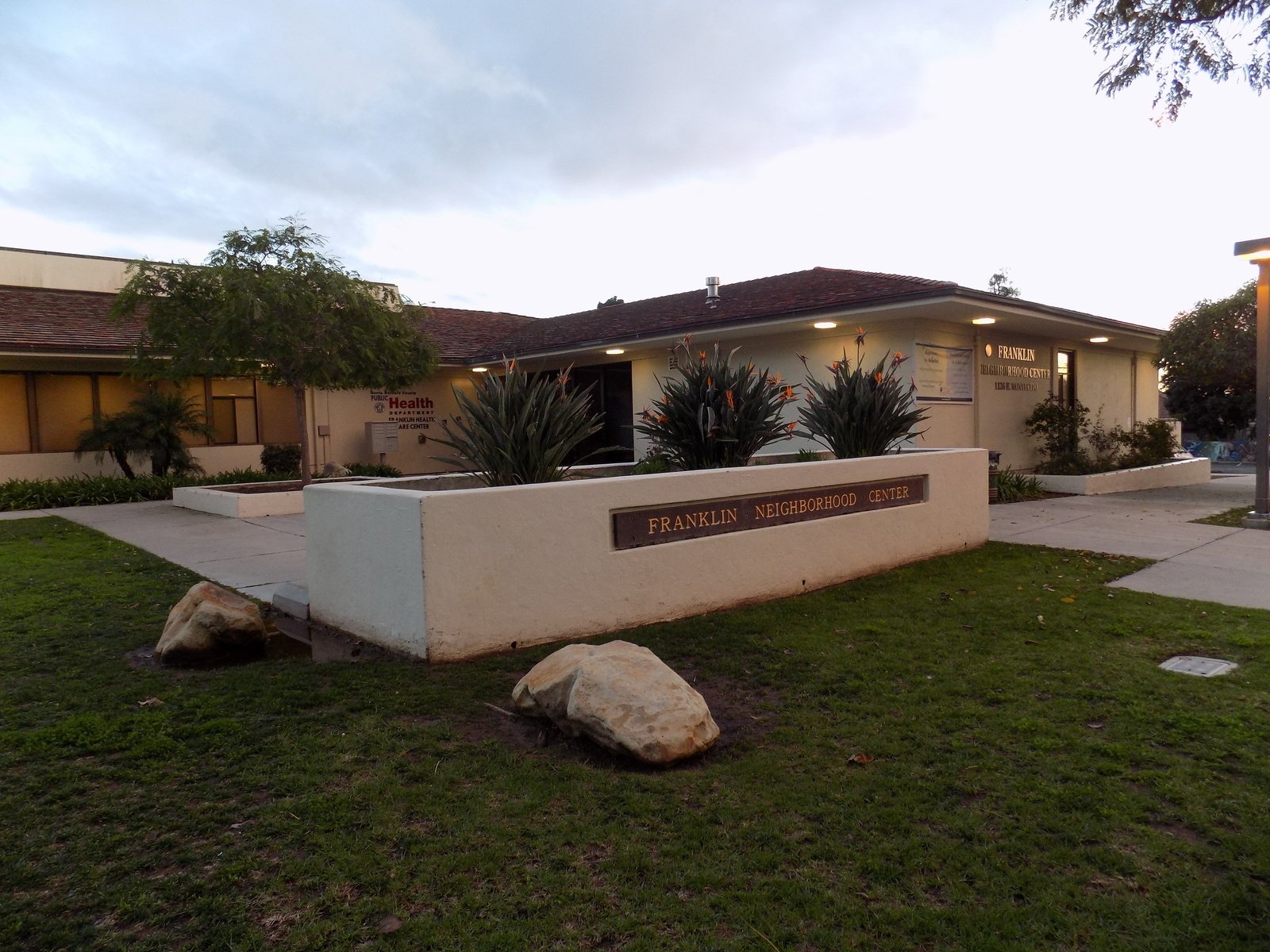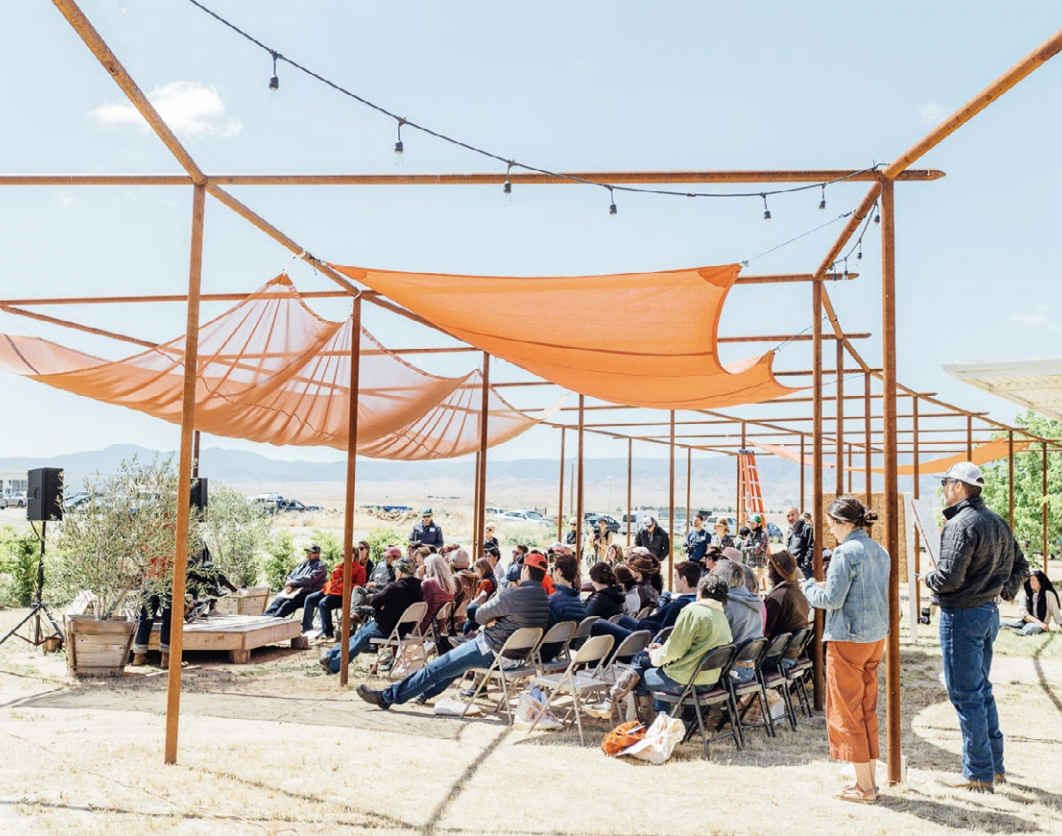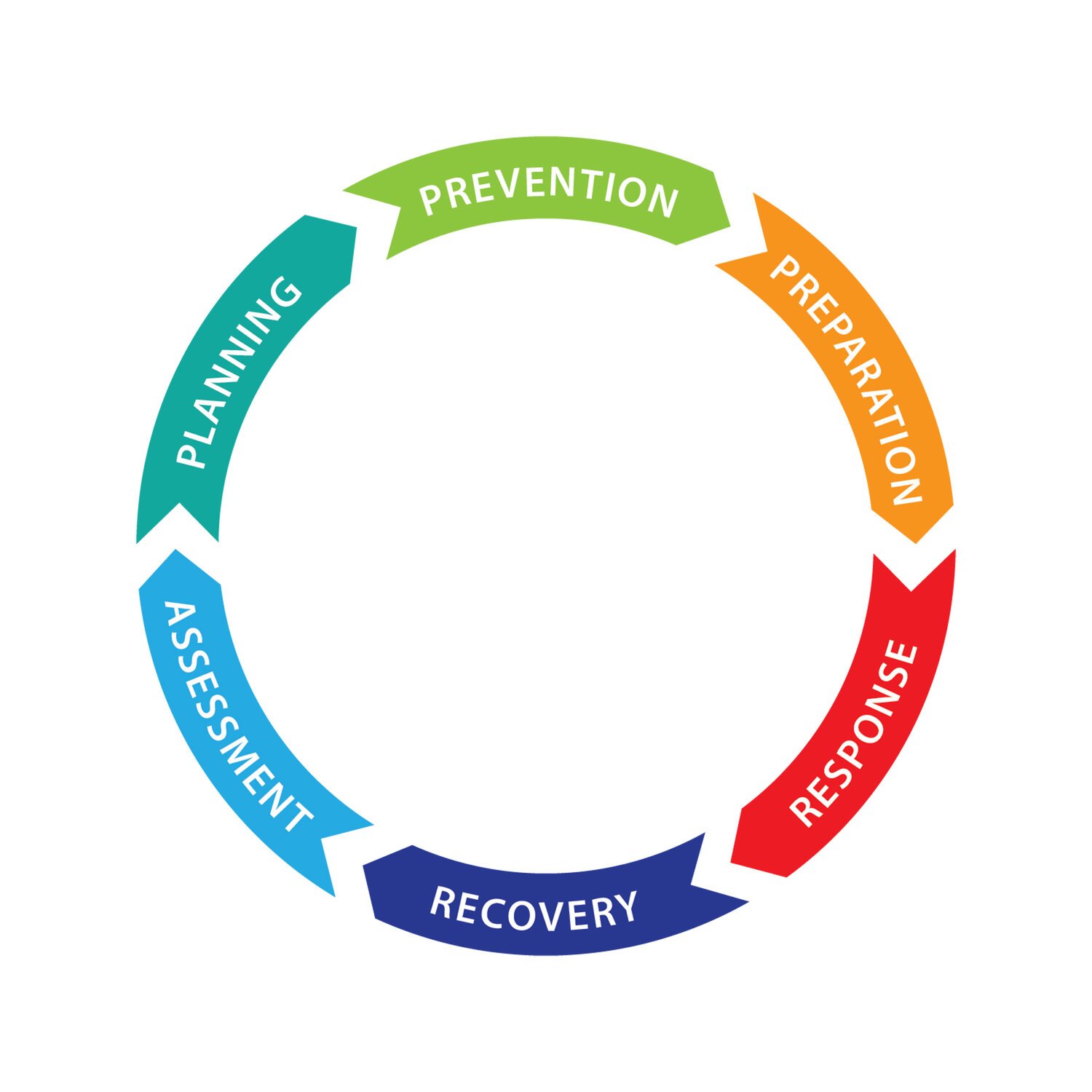
Creating a Collaborative Resourcing Team: Maintaining Opportunity Matrix and Getting Projects Shovel Ready
This project opportunity matrix and the RPP site are valuable community assets, but the information herein represents a snapshot of needs at this point in time and is not exhaustive. Building wildfire resilience in Santa Barbara County needs to be an ongoing proactive process. As identified projects are implemented, new needs and opportunities will emerge on an ongoing basis and need to be added to the Opportunity Matrix. The RPP team recommends a focused effort to create a Collaborative Resourcing Team that includes representatives from multiple agencies, nonprofits and funders to further develop these key pieces of our resilience system and then to maintain and put them to use.

City of Santa Barbara Wildfire Resiliency Project
The Parks and Recreation Department and Fire Department have partnered to improve the community’s fire resilience and reduce the risk and severity of wildfires. The collaboration balances the expertise of both teams to manage vegetation while protecting the natural ecosystems within the city’s open space parks. This work is a critical component of Santa Barbara’s Community Wildfire Protection Plan.

Parma Park Hazardous Fuels Mitigation Project
Parma Park is a City of Santa Barbara owned 200-acre open space park located within the extreme foothill zone of the high fire hazard area. The park is composed of twelve different vegetation communities. The native bigpod ceanothus chaparral community makes up a majority of the park space, followed by the coast live oak woodland and forest community.

Honda Valley Park Vegetation Management
Honda Valley Park is a City of Santa Barbara owned 48-acre open space park located within the coastal interior zone of the high fire hazard area. The park has diverse, dense vegetation along steep slopes and within canyons, as well as a heavy understory of invasive plants and thatch.

Carpinteria Community Resilience Hub
Girls Inc. of Carpinteria provides year-round programming for girls and their families at its facility which includes classrooms, a STEM lab, library, conference room, gymnasium, kitchen, offices and outdoor spaces. Girls Inc. recently opened a 24/7 community food pantry, a clothing closet for women and girls and now offers mental health services.

Eastside Santa Barbara Community Resilience Hub
Resilience Hubs are a central component of ensuring that our community has the critical resources, security, and information it needs during disasters to weather and recover from even the greatest adversity.

Cuyama Valley Community Resilience Hub
Blue Sky provides cultural activities and economic development opportunities to the community in addition to mobilizing resources during COVID and other emergencies.

Resilience Cycle Capacity Building
Build County wide capacity to cover all components of the resilience cycle: a) prevention, b) community preparedness, c) community organizing, d) short term relief, e) long term relief f) recovery and g) rebuilding and planning, in a way that reduces vulnerability. Identify and implement the best practices for resilience cycle action, understanding that we need to always be preparing for the next disaster.

Climate Resilience Hubs Pilot Program
The Santa Barbara County Regional Climate Collaborative (Collaborative) has selected three sites to pilot as a part of the Resilience Hubs program. A resilience hub is a community-serving facility that can coordinate resource distribution and services before, during and/or after a natural hazard event.

Community Supported Grazing Summit
Host a series of convenings or summits to develop a framework for a community supported grazing program.

Prescribed Fire Training Exchange (TREX)
Implement a Prescribed Fire Training Exchange (TREX) and cooperative burns to provide experiential training that builds robust local capacity for…

Santa Barbara County Resiliency Revolving Loan Fund Opportunity
Amped Solutions, Inc. is partnering with Mission Driven Finance (MDF) to develop and finance the installation of a portfolio of commercial scale power storage systems for Santa Barbara …

Fire Fuel Management at Arroyo Hondo Preserve
In June of 2021, the Land Trust of Santa Barbara received a grant of $23,588 from the Coastal Conservancy for a targeted prescribed grazing project at the Arroyo Hondo Preserve, a project that the RPP team had identified through their outreach efforts to the Land Trust and helped facilitate funding for.

Coordinated Effort to Implement Recommended Actions in Existing CWPPs
Community Wildfire Protection Planning is a structured process that helps communities assess their preparedness for wildfires, identify priority actions and secure policy guidance from their elected leaders so that fire protection agencies…

Creating a Collaborative Resourcing Team: Maintaining Opportunity Matrix, Funding Database and Partner Directory
This project opportunity matrix and the RPP site valuable community assets, but the information herein represents a snapshot of needs at this point in time. Building wildfire resilience in Santa Barbara County needs to be an ongoing proactive process.

Wildfire Insurance Alternatives
Throughout California and the western United States, we are experiencing intense wildfires at previously unthinkable scales and with unprecedented loss of homes and communities.

Fire Safe Council Staff and Capacity
The Santa Barbara County Fire Safe Council has been an entirely volunteer-run organization without paid staff up until now, but the SBC FSC is now the recipient of significant grant funding from the National Fish and Wildlife Foundation via a new project called the Regional Wildfire Mitigation Program (RWMP).

Unified Fire Prevention Project Tracking Website
Santa Barbara County Fire Department (SBCFD) serves as Santa Barbara County's Cal Fire Unit and regularly produces an Annual Strategic Unit Plan as mandated by Cal Fire that inventories the fire prevention projects SBCFD has in various stages of its planning and implementation processes.

Community Wildfire Protection Plans (CWPPs) Where Needed Throughout the County
While several areas of Santa Barbara County benefit from the preparation of Community Wildfire Protection Plans, there are several areas of the County that do not currently have a plan that covers them.

Lompoc Fire Station Upgrades
In addition to lacking a CWPP, the City of Lompoc's main fire station is structurally unsound and in need of significant upgrades. The station houses equipment and personnel that serve the area, and the building's known structural issues create significant vulnerability…
